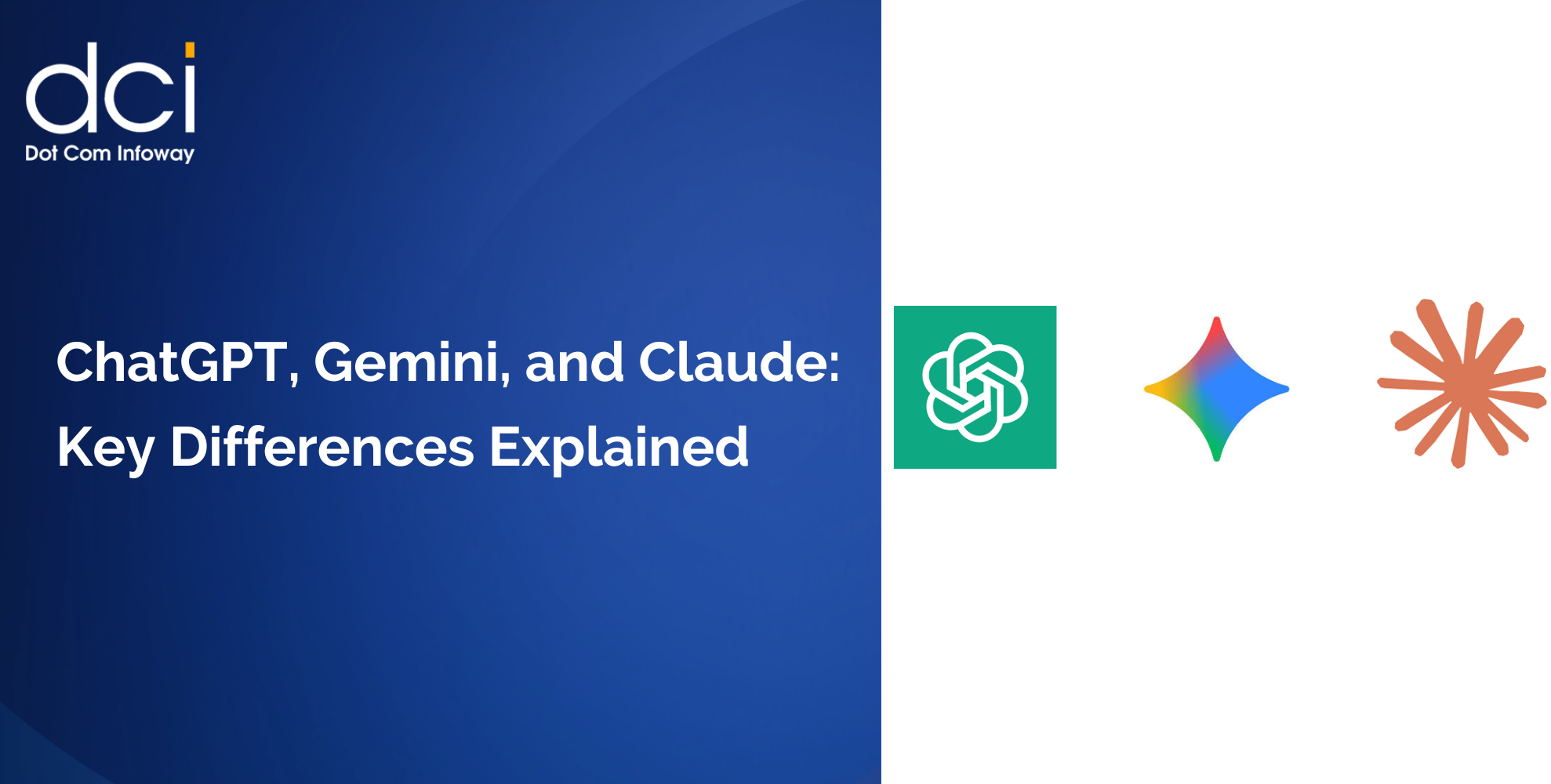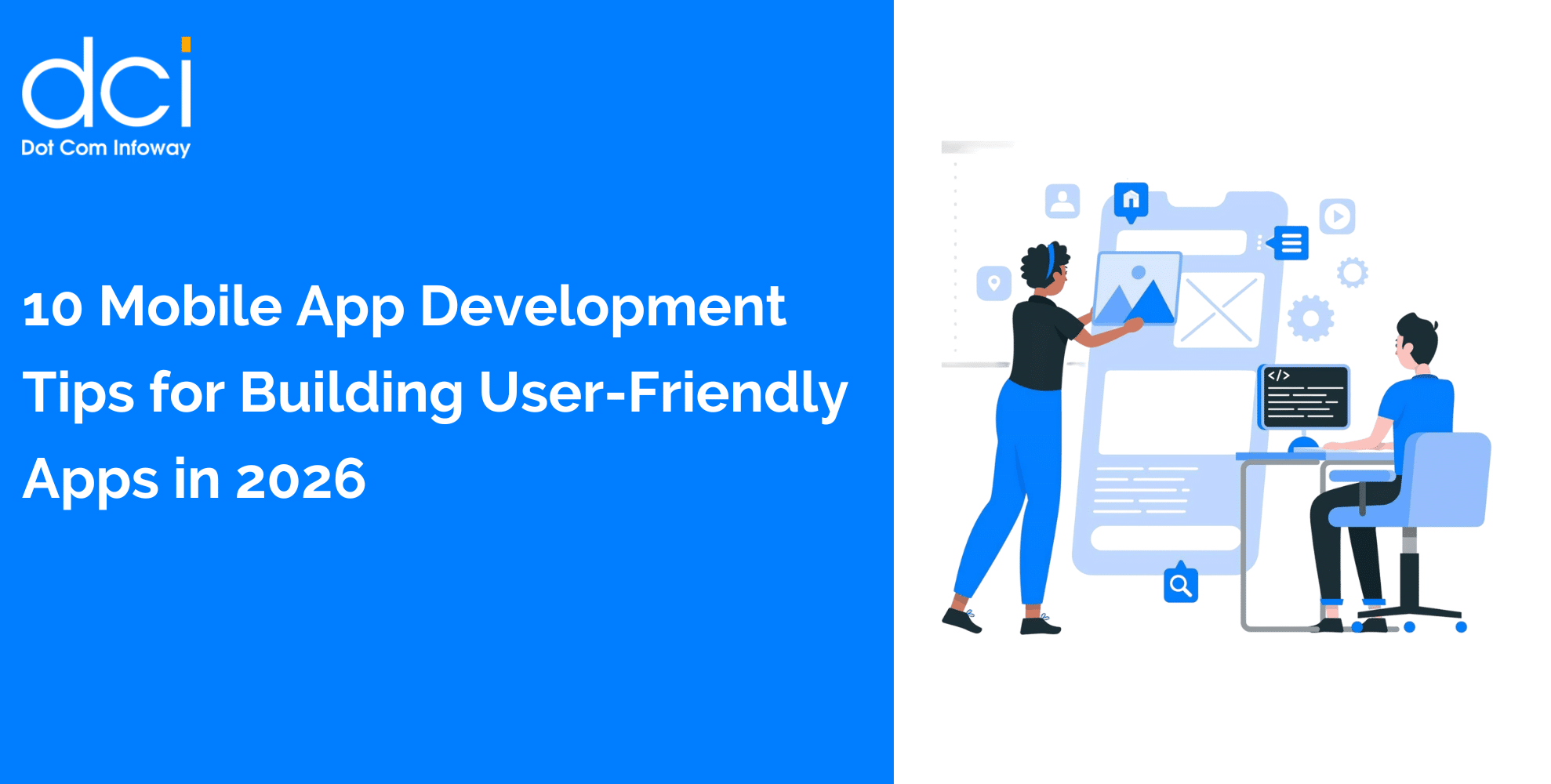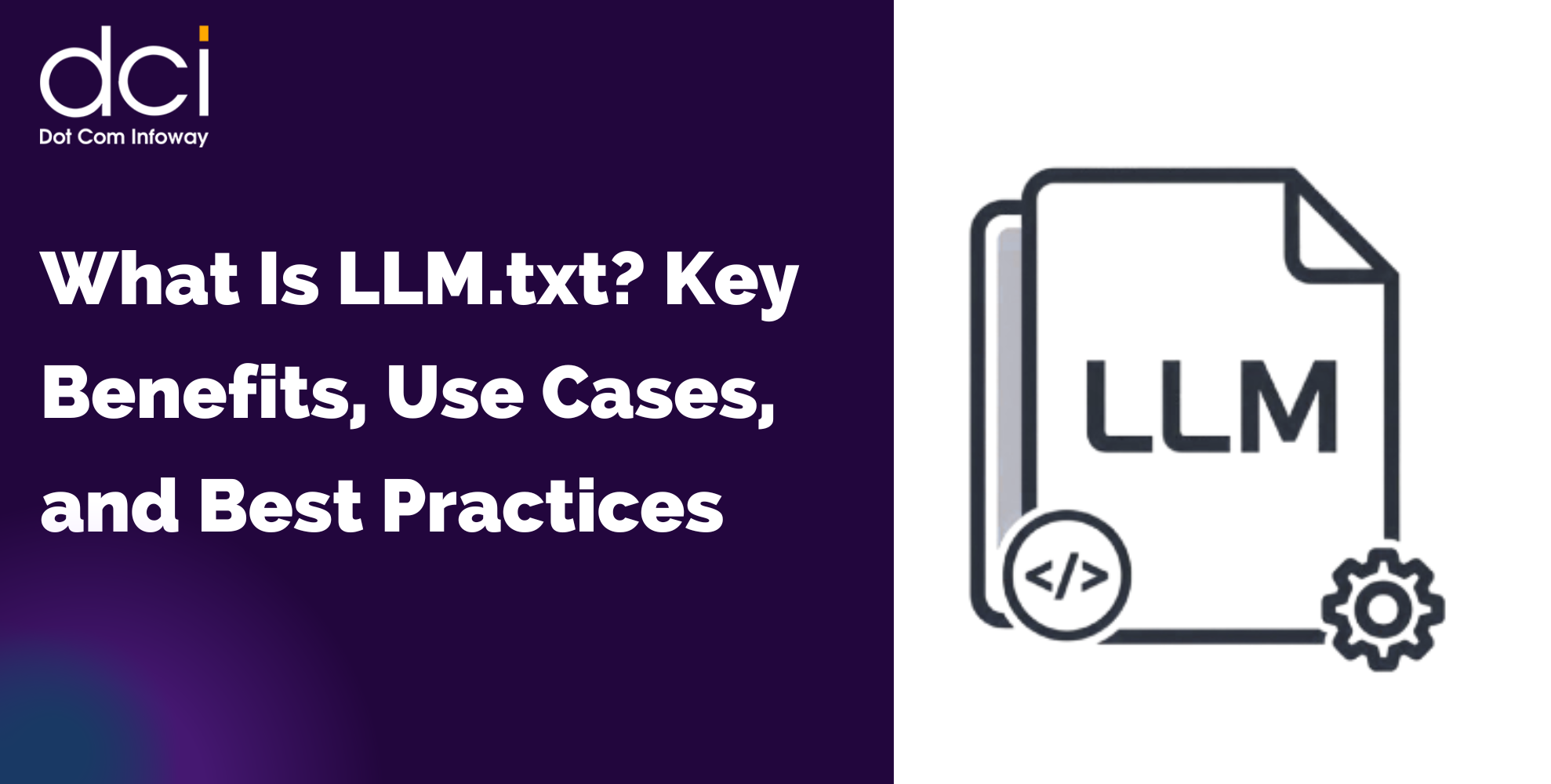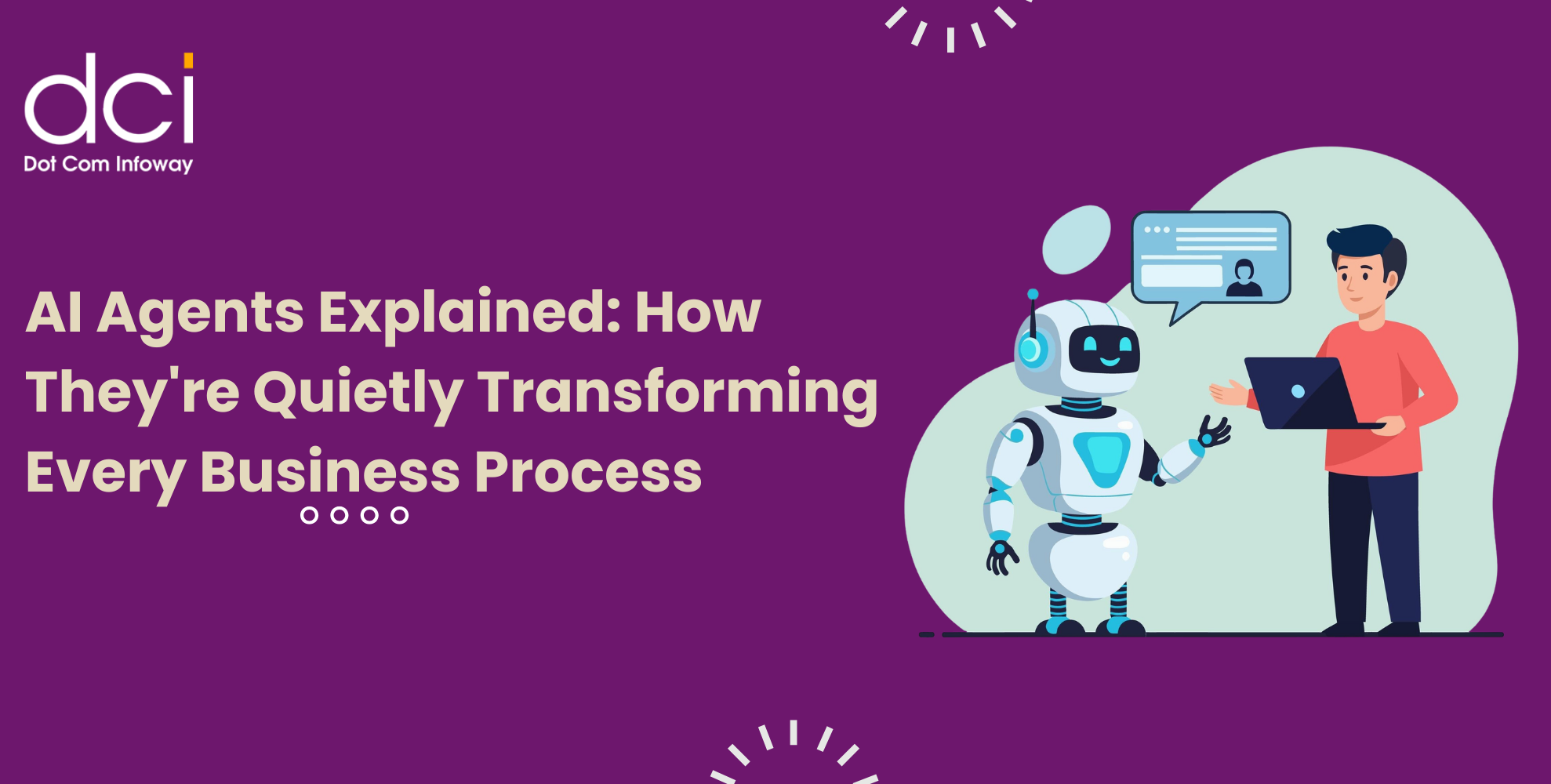Understanding Google’s Vision for AI Overviews and AI Mode
Google’s integration of AI in search functions, such as AI overviews and AI mode, aims to provide users with precise, contextually relevant information quickly. AI overviews offer concise summaries that assist users in grasping the essence of lengthy content pieces, while AI mode represents a sophisticated approach where AI algorithms interpret and prioritize content for ranking and display purposes.
Google emphasizes that optimizing for AI overviews means ensuring clarity, accuracy, and relevance in summaries. These overviews must reflect the core value of the original content without misleading or oversimplifying key points. When creating content with AI mode in mind, the focus shifts to structuring information logically, using clear language, and embedding authoritative insights that AI can easily parse and rank effectively.
Core Principles Behind Google’s AI Optimization Guidelines
At the heart of Google’s official guidelines lies a commitment to quality content that serves users’ needs while accommodating AI’s interpretive mechanisms. First and foremost, authenticity matters. Content must maintain factual accuracy and transparency, avoiding manipulative tactics designed merely to trick AI algorithms. Google advises content creators to write with human readers foremost, crafting narratives that AI can understand but that retain natural, engaging language.
Moreover, Google underscores the importance of well-organized content. Proper use of headings, succinct paragraphs, and clearly defined topics facilitates AI’s ability to generate accurate overviews and evaluate content relevance. Semantic richness, achieved through the thoughtful inclusion of related terms and synonyms, helps Google’s AI algorithms build context and improve content discoverability.
Practical Strategies for Optimizing AI Overviews
To optimize AI overviews according to Google’s official advice, begin by crafting strong meta descriptions and title tags that encapsulate your content’s main ideas. These elements serve as primary signals for AI systems when forming summaries. Following this, prioritize writing concise yet comprehensive introductions that set a clear context for the reader and AI alike.
Google also recommends maintaining consistency in terminology to prevent confusion, while varying language enough to enrich semantic context. The use of bullet points or numbered lists can enhance readability and help AI distill key facts or steps efficiently. Furthermore, updating content regularly to reflect new information ensures AI overviews remain current and reliable.
Navigating the Nuances of AI Mode Optimization
Optimizing for AI mode requires a strategic balance between user-focused content and AI interpretability. Google’s guidelines highlight that content should be rich in original insights, supported by credible data and sources. Avoid keyword stuffing, as AI models are trained to detect unnatural patterns and prioritize genuine relevance over repetition.
Additionally, structured data markup becomes a vital tool in signaling to AI what type of content is being presented, such as articles, products, or FAQs. This markup helps Google’s AI understand and display content appropriately in search results, including in rich snippets or AI-generated answers.

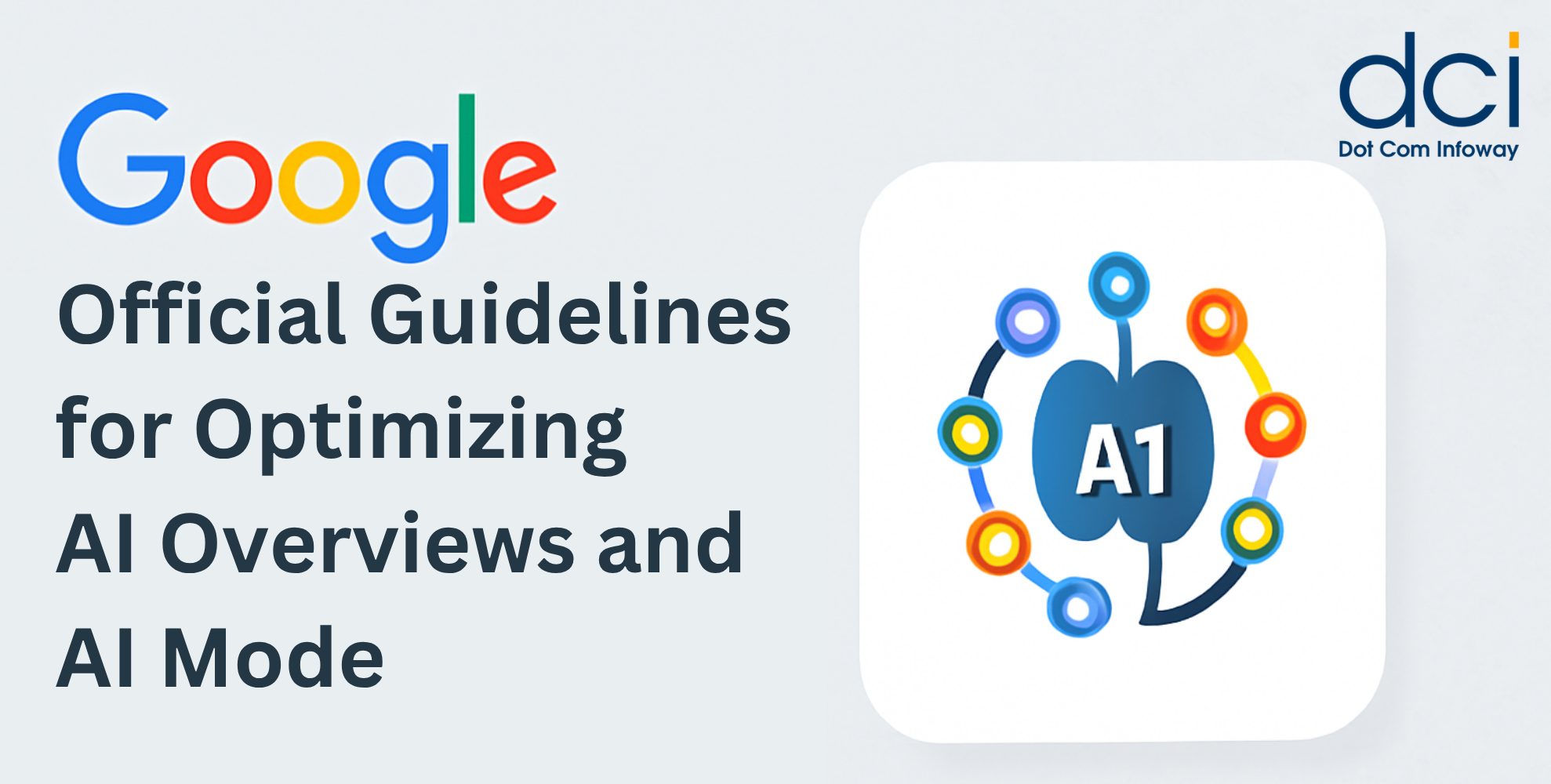





![The Game Marketing Guide: Pre and Post-Launch Strategies [Infographic]](https://www.dotcominfoway.com/wp-content/uploads/2023/09/DCI-Game-Marketing-blog-1.jpg)
